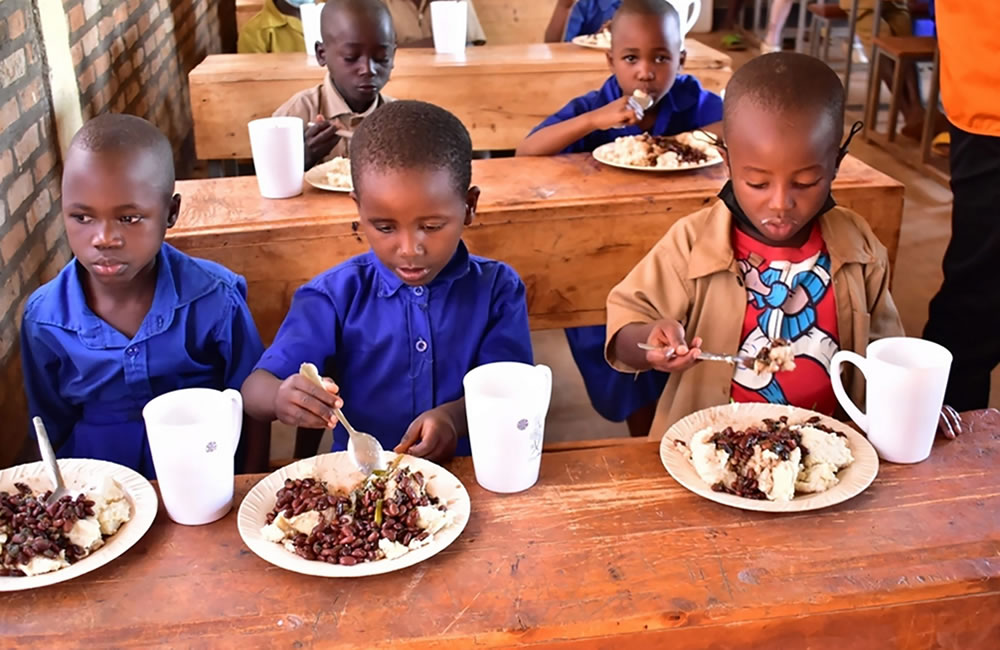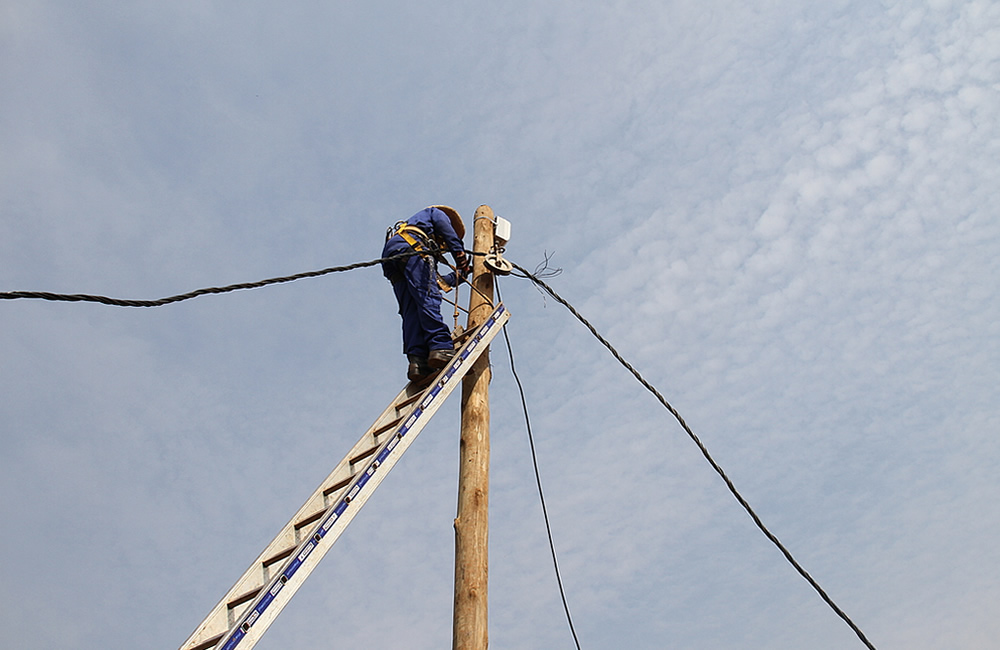Under the guidance of their principals, many primaries schools in Kigali city have started to breed a blue-green algae called spirulina, widely believed to contain a miraculous array of vitamins, minerals and nutrients.
At the primary school of Nyamirambo, each pupil was assigned the care of a plastic bottle containing a sample of the culture.
Since spirulina, like any other plant, needs carbon to photosynthesis, the students have been asked to simply shake the solution every two hours, explains Francois Nyangenzi, a primary school teacher at Nyamirambo.
We are trying to formulate a new protocol for plant breeding – in bottles, under various weather conditions, with or without any other resources, Nyangezi told Xinhua.
It is expected that during the initial phase, the project will focus on three districts of Kigalicity including Gasabo, Kicukiro and Nyarugenge where the UN World Food Programme (WFP) has expanded its school feeding program in Rwanda to cover many schools especially in urban areas.
The school feeding program, which is part of a global WFP school feeding campaign launched by the agency in 2001, aims at expanding and improving education for millions of poor and suffering children around the world.
It is said that the school feeding program has increased school enrolment while the health of the school children has improved because the classrooms have been improved.
In a related development, the latest official report released by the National Institute of Statistics (NIS), four percent of Rwandan households equivalent to 82,000 homes, had poor food consumption, which represents an extremely insufficient and unbalanced diet. However, as the new plant is known in the scientific community as multicellular photosynthetic Cyanophyceae, the algae is considered acomplete protein, containing all nine essential amino acids that human beings need to survive.
Some experts say spirulina is a possible solution to the nutritional problems afflicting large portions of the human population. In several countries it is already being exploited as the food of the future. It can be cultivated in ponds or lakes, primarily in sub-tropical climates.


